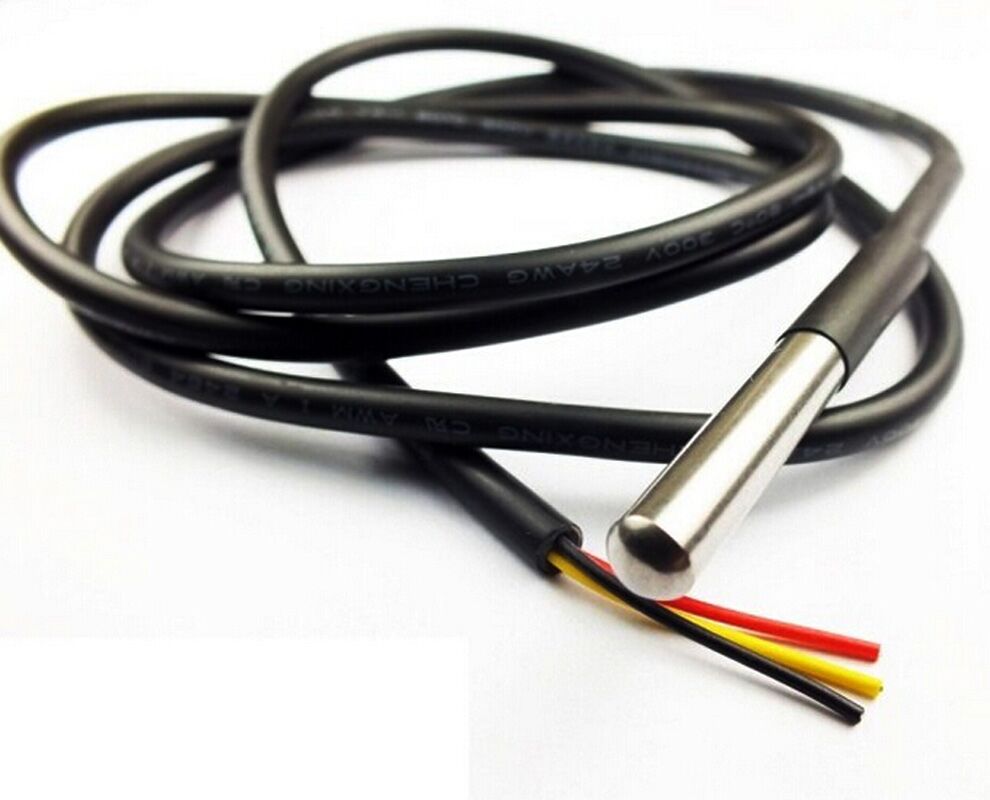
How does the temperature sensor work?
How does the temperature sensor work? They are devices that measure the temperature reading through the electrical signal. The sensor consists of two metals, and once it is perceived to changes in temperature, voltage or resistance will be generated. The temperature sensor plays a key role in maintaining a specific temperature in any device that is used to make from drugs to beer. In order to produce these types of content, accuracy and response temperature and temperature control are crucial to ensure that the final product is perfect. Temperature is the most common type of physical measurement in industrial applications. Precise measurement is essential to ensure the success of these processes. Many applications are not so obvious, using temperature sensors. Merdist with chocolate, use blast furnaces, control hot air balloons, freeze in the laboratory, run motor vehicles, and burn kiln.
The temperature sensor has different forms for different temperature management methods. The temperature sensor is divided into two types: contact and non -contact. Contact sensors are mainly used in dangerous areas.
Contact temperature sensor:
The resistor temperature detector (RTD) is called a resistor thermometer temperature detector, which measures the temperature through the resistance of the RTD component. This metal can be made of different materials, including platinum, nickel or copper. However, platinum is the most accurate, so the cost is higher.
The thermocouple is a sensor, which is connected to two points from two wires and two different metals. The voltage between the two wires reflects changes in temperature. Although the accuracy may be slightly lower than the thermometer thermometer, their temperature range is the widest, from -200 ° C to 1750 ° C, and it is generally more cost -effective.
Thermistor shows accurate, predictable and huge changes in various temperatures. With this huge change, this means that the temperature is reflected very fast, but it is also very accurate. Due to this large and fast nature, the NTC thermistor does require linearity-so some mathematics involves.
The thermometer is usually what we think of at the temperature -especially the glass tube full of mercury. However, there are several types of thermometers to choose from: glass thermometer: mercury/ethanol glass tube as shown above. Ethanol is now the main liquid used in these thermometers. Dual -metal thermometer: This type of thermometer is composed of a connected volume and valve stem. There is a spring at the tip of the sensor. The spring is connected to a pole, and the vector needle is always kept. The spring is located inside the stem and the end of the induction. When the heat is applied to the inductive coil, the movement of the coil is generated, so that the needle in the measuring instrument moves to display the temperature. Gas full of gas and liquid: The working principles of these thermometers are similar. There is a light bulb full of gas or liquid. It is located within the induction end of the probe. When heating, the gas expansion/liquid is heated, which means that the attached stick moves the needle to the measured temperature. Digital thermometer: Digital thermometer uses aphrodisiac or resistor temperature detector (RTD). Temperature is to measure the probe (sensor end) and display it as a digital reading.
Non -contact temperature sensor
The infrared sensor determines the temperature at a long distance by measuring the thermal radiation emitted by the object or the heat source. These applications are often in high -temperature or dangerous environments, and you need to maintain a safe distance from a specific institution. Thermal imaging and infrared sensor are the most common non -contact temperature sensors for the following situations: when the heating detection or when the target object is moved (such as on the conveyor belt or in the mobile machine), if the distance is far away, the surrounding environment is dangerous (the surrounding environment is dangerous ( Such as high voltage), or at extremely high temperatures where the contact sensor cannot work properly.
In short, the temperature sensor is done. It can perceive the temperature of any substance that needs to be measured, whether it is solid, liquid or gas.



